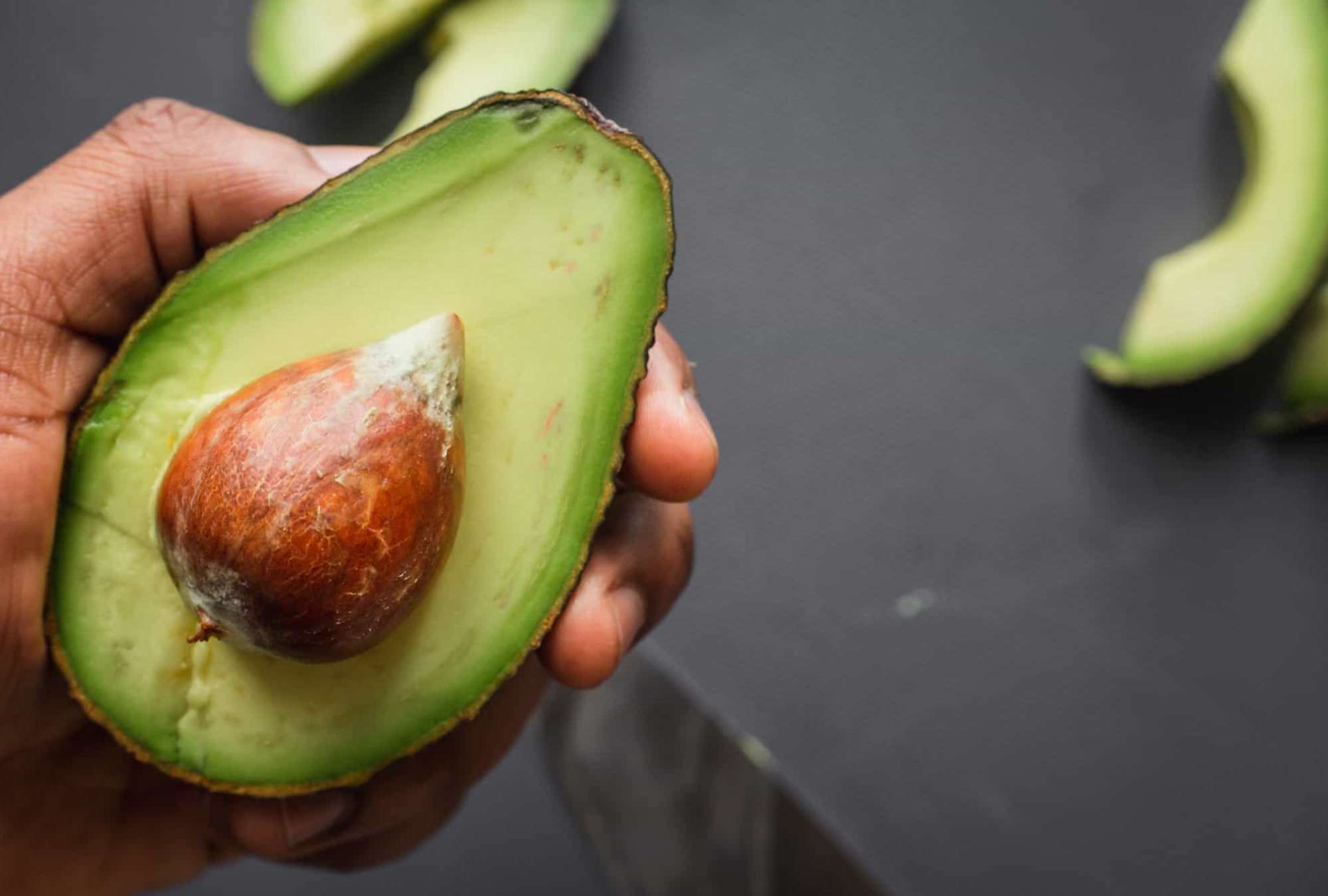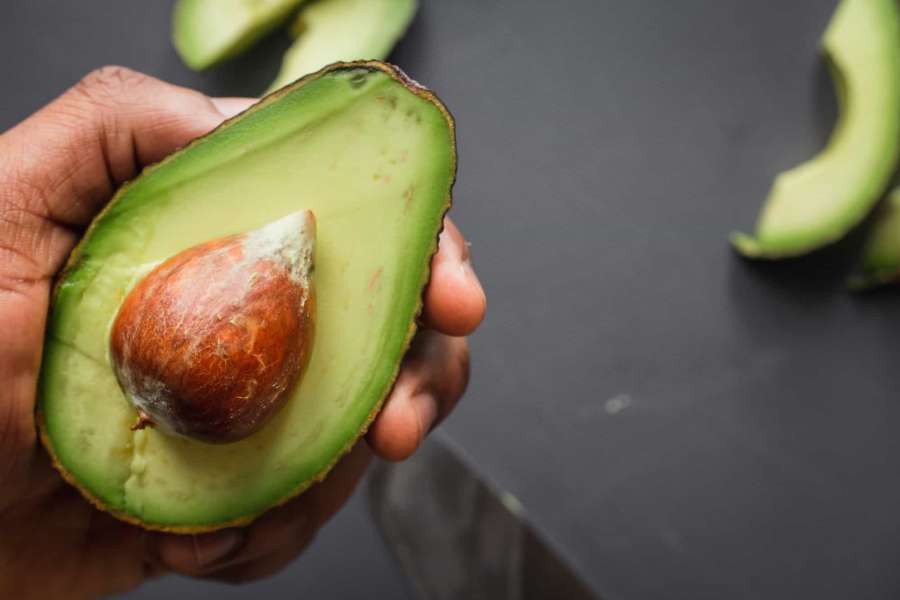Natural cosmetic and beauty products are in vogue these days and cosmetic marketers around the world are looking to launch their own version that appeals to green-seeking consumers. However, making natural cosmetics is fraught with difficulties stemming from the fact that beauty products do not exist in nature. The biggest challenges in making natural cosmetics include defining what is natural, making products that are suitably functional, and preservation.
Defining natural
Before we can review natural cosmetics, it is helpful to first discuss what is meant by the term “natural." Since there is no shampoo bush or skin lotion tree, by some measures there are no natural cosmetics. However, it is acceptable to define natural cosmetics following specific standards. For this discussion, we’ll use a three-level classification system of natural cosmetics:
1. TRUE NATURAL
Ingredients are isolated from a plant and chemically purified, but otherwise unchanged.
2. ACCEPTABLE NATURAL
Ingredients conform to some acceptable natural standard that allows some chemical modification.
3. GREENWASHING NATURAL
Ingredients are naturally derived but require significant chemical synthesis to produce. Also, the ingredient is not normally used, so appears more natural on the label. The majority of natural products on the market would be considered greenwashed.
Making functional products
The biggest challenge to making natural cosmetics is that consumers have an expectation of how well products are supposed to work. While consumers might say they want green or natural products, they really want products that work. When formulating natural cosmetics, it becomes difficult because natural or naturally derived ingredients do not work as well as some of the synthetic ingredients. This is especially true for surfactants, colorants and preservatives.
SURFACTANTS
Surfactants are the most versatile and important ingredients in cosmetic formulations. Unfortunately, there are not many surfactants that naturally occur, so trying to make natural formulas with surfactants is a real challenge.
True natural - There aren’t many natural surfactants that are adequate for use as cleansers. The closest are saponins. These are glycoside compounds that have the ability to form foam when put in a water solution.
Acceptable natural - According to USDA natural organic standards, there are no natural surfactants you can use.
If you are following the COSMOS standard, there are many surfactants that are acceptable. The ones typically used for cleansing products are lauryl glucoside, decyl glucoside, caprylyl/decyl glucoside, coco glucoside and cocamidopropyl betaine. Interestingly, the COSMOS standard even allows for the use of sodium lauryl sulfate (SLS) since it can be derived from natural sources.
Greenwashing natural - Since many natural consumers are concernced about chemicals, the use of cleansing surfactants like SLS is probably not a good idea. Sulfates have a bad reputation on the internet, and even though they are considered natural by the COSMOS standard, consumers wouldn’t accept their use. However, some companies simply replace scary sounding ingredients like sulfates with other synthetic anionic surfactants. These include ingredients like taurates, sarcosinates and glutamates. As long as you avoid sulfates, you can pretty much use any type of naturally derived synthetic surfactant and call yourself natural.
Colorants
In the United States there is no ingredient more highly regulated in cosmetics than colorants. It is illegal to use any ingredient (no matter the source) to color cosmetics that isn’t approved by the FDA for such use. This means if you are producing natural cosmetics you will be strictly limited to the colors you can use.
The vast majority of approved colorants are synthetic ingredients. Even so-called mineral make-up ingredients like iron oxides, zinc oxide and titanium dioxide are all synthetic. Although these ingredients occur in nature, the only approved versions must be synthetically produced in the lab. This is a result of the fact that the naturally occurring minerals are laced with dangerous natural heavy metals like lead, cobalt or arsenic. The synthetic versions have much less contamination.
There are some colorants that don’t require FDA certification and come directly from nature such as Annatto, Chlorophyllin, Carmine, Henna, and Caramel. Unfortunately, these ingredients are limited in the colors they can provide.
The strategy that most natural cosmetic companies follow is to either use the direct-from-nature colorants or use standard colorants but claim to use natural ingredients, arguing that these ingredients can be found in nature.
Preserving products
Even if you can find naturally derived ingredients that fit your definition of “natural” you will still have the problem of keeping them free from contamination and microbial growth. When you use natural ingredients this becomes more challenging because microbes are natural and are found in nature. Effective preservatives such as parabens, formaldehyde donors, and organic biocides do not fit with a natural theme so you’ll need alternatives. These include phenoxyethanol, phenethyl alcohol, organic acids and their salts, benzyl alcohol, and other natural materials.
What makes this problem most challenging is that the natural preservatives have shortcomings not found in traditional preservatives. For example, phenoxyethanol and phenethyl alcohol have a distinct odor that is difficult to cover. Organic acids only work as preservatives at lower pH levels which isn’t ideal for certain types of beauty care products. Benzyl alcohol is a known allergen. And other natural materials like tea tree oil, rosemary or cinnamon are not broad spectrum enough to work as a stand alone preservative.
Conclusion
While creating truly natural products can be challenging, it can be done demonstrated by successful brands like Burts Bees, Aveeno, and Physicians Formula. It requires you to figure out what your consumer believes is natural then make products that adhere to those natural standards. After that, success is just a matter of good marketing.
Still interested in formulating natural? Check out our Natural Formulation course

